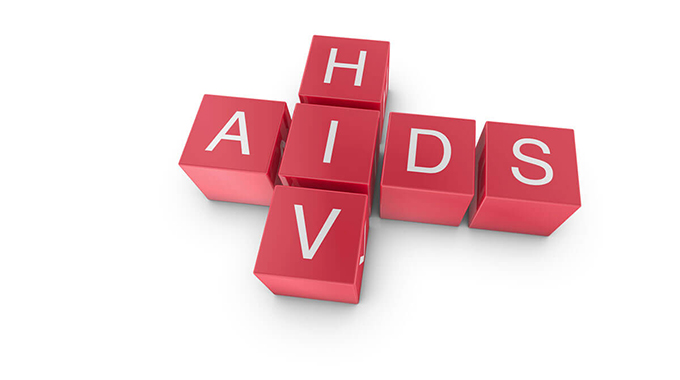New HIV infections fall in Mash Central

Fungai Lupande-Mash Central Bureau
NEW HIV infections for all age groups in Mashonaland Central have almost halved since 2018 following HIV prevention measures.
Recently, the National Aids Council led the belated World Aids Day commemorations at Chomutukutu in Rushinga, where it emerged that new infections among adults declined by 42,2 percent.
In the 10 to 19 age-group, new infections reduced by 47,5 percent, and among the 15 to 24 age group, the new infections came down by 46,2 percent.
Mashonaland Central Minister of State for Provincial Affairs and Devolution Monica Mavhunga, who was guest of honour at the event, called for the scaling up of prevention measures.
“HIV prevention measures, both biometric and social, are bearing fruit. We use the differentiated service delivery approach to scale up targeted HIV testing, voluntary male circumcision, pre and post exposure prophylaxis, prevention of mother to child transmission,” she said.
“Although the general trend is going down, we still need to optimise our interventions targeting sex workers, adolescent girls and young women.
“We now have to revolutionise our response to address any structural delivery challenge that might hinder specific population sub groups from accessing and using HIV prevention services.”
Minister Mavhunga said an estimated 100 000 people were living with HIV in Mashonaland Central and 92,9 percent of them were on antiretroviral therapy (ART), up from 73,2 percent in 2016.
Minister Mavhunga said the increase in the number of people on antiretroviral therapy has been made possible by the decentralisation of the programme.
She said 85,4 percent of people on treatment are virally suppressed and healthy, enabling them to contribute to their communities’ and national development.
“Rushinga district is doing well in HIV treatment with an ART coverage of 97,6 for adults and 91,1 percent children,” said Minister Mavhunga.
“As of last year, Rushinga had the highest ART coverage at 91,1 percent with the trailing district at 53,9 percent.
“However, people living with HIV are susceptible to non-communicable diseases like cancer and diabetes, whose prevalence rate is rising and taking advantage of climate change.”
Minister Mavhunga said focus should be on expanding services to ensure that all other pandemics were addressed.
“The response to AIDS is full of lessons which can be used to tackle other pandemics,” she said.
“Let me assure you of Government’s commitment to ending all inequalities related to access and use of health services as a bedrock of ending AIDS and all pandemics.”
NAC provincial manager Mr Edgar Muzulu said the commemorations started with a candlelight vigil under the guidance of the Zimbabwe National Network of People Living with HIV (ZNNP+).
As people remembered their relatives who passed away due to HIV-related illness during the time there was no medication for the disease, Mr Muzulu urged those enrolled on ART to adhere to treatment.
“Statistics show that people who fail to adhere end up dying. It is wise to adhere and join community ART refill groups and support groups,” he said.
“In these groups you get support on how to start income generating projects. Candlelight memorial is a symbol of hope, a moment to introspect and remember those who did not get the opportunity of ART.”
Ms Percymary Chitate said she tested positive in 2007 and became bedridden.
“I fell critically ill to the point of failing to walk. I could have died but I persevered. I started learning to walk again and now I can do any job like everyone else,” she said.
“If you take your medication religiously and follow the advice you are getting you live longer. Today I mourn my relatives who did not have the opportunity to be on ART.”








Comments